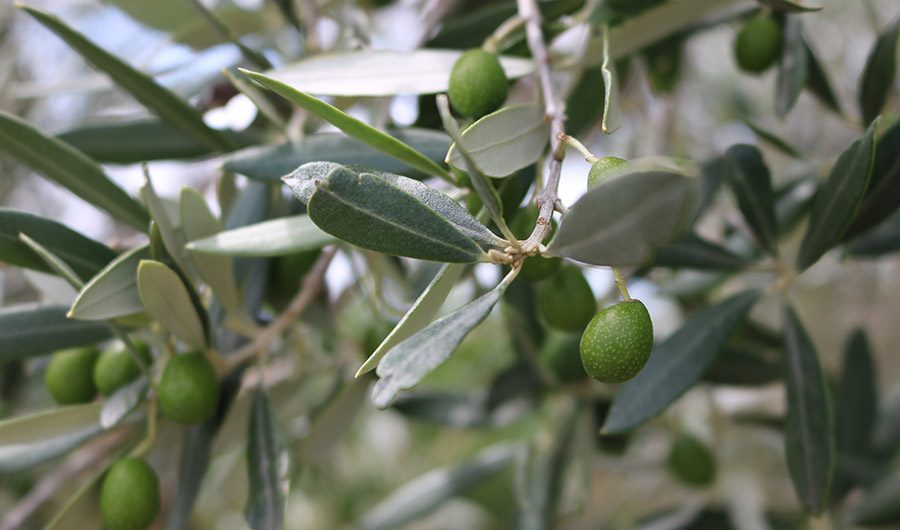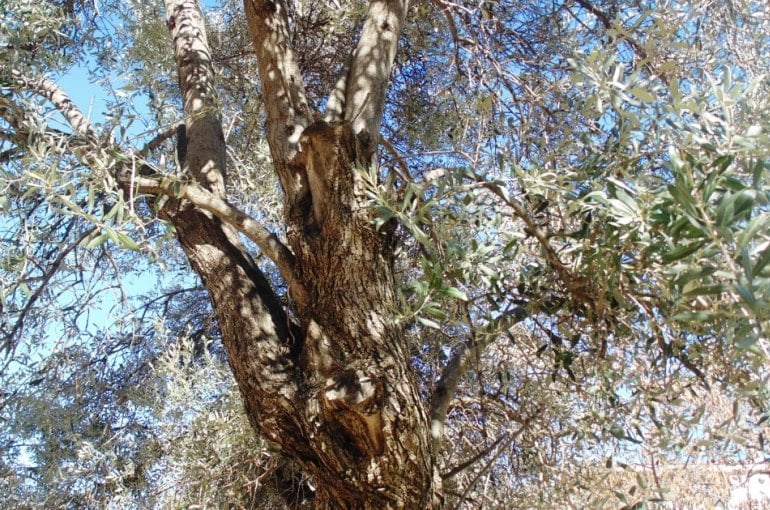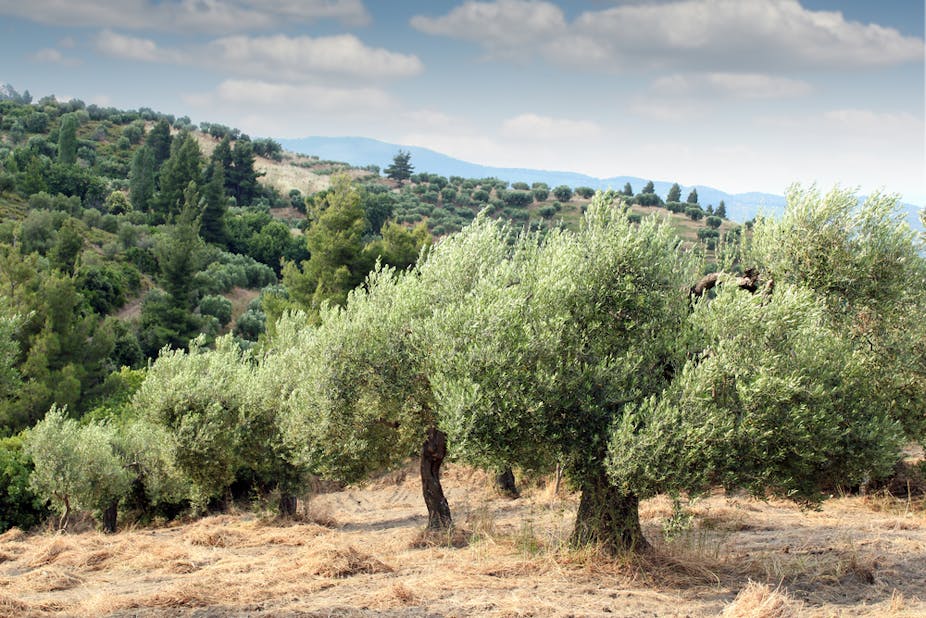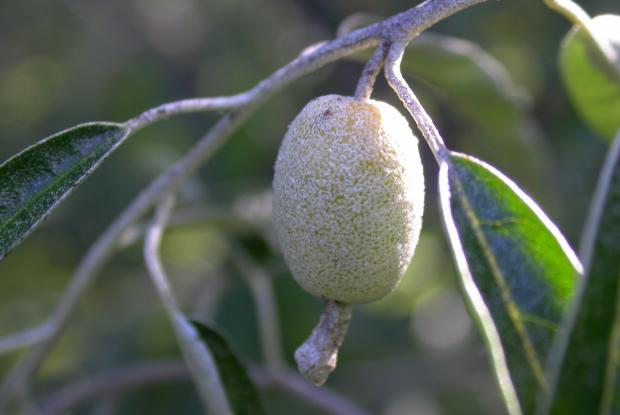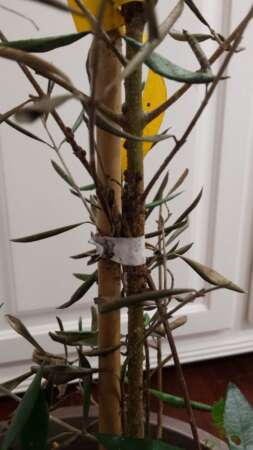Signs Of Olive Tree Disease

When this happens it causes defoliation and dead branches.
Signs of olive tree disease. Excess moisture in the soil is not beneficial for the olive tree. The insects feed on the xylem tissue of the trees which transports water from one part of the plant to another. Olive tree root asphyxiation. As a result the tree takes on a scorched appearance.
Olive knot is characterized by creamy whitish rough galls 1 2 inch to 2 inches in diameter that appear on. The signs of a sick olive tree verticillium wilt. Trees may die suddenly or slowly. Avoid waterlogging and excessive.
Olive knot is a bacterial disease caused by pseudomonas syringae pv savastanoi. Keeping olive trees well fed and adequately watered is the best initial defence against pests and diseases since vigorous trees are better able to withstand attack and less likely to suffer long term damage. Dacus oleae is actually a small fly that is only fed by olives. Olive tree root asphyxia may cause weakening chlorosis yellow leaves fall of olives defoliation and appearance of fungi in the trunk of the olive.
Olive knot interrupts the water and sugar supply to the tree. At present there is no cure for the infection. Once pests are identified ask garden centre staff to recommend suitable control products. It can very from 1 8 inch growths on leaves to massive swells on a tree s trunk.
The first signs of disease appear in twigs and move through the branches to the crown of the plant giving it a scorched look. Signs of olive knot are galls knots that are inch to 2 inches in diameter. 7 different species have so far been identified as causing problems with olives usually where excessively wet soils. Leaves wilt yellow and may drop.
Other olive tree diseases are cercospora leaf spot peacock spots and olive anthracnose. It is generally found on primary and secondary branches. It can take two months from the time the first symptoms are seen to the death of the plant. Verticillium wilt has many symptoms which include the sudden wilting of leaves the sticking of.
Olive killer disease reaches spain xylella is considered to be one of the most dangerous pathogens for plants anywhere in the world. Additionally an olive tree with xylella usually displays desiccated fruit and an over abundance of suckers. Treatment of pests and diseases are always more successful when done in the earliest stage of. Causes root rots stem and crown cankers.
A symptom of a fungal or bacterial condition or infection by a number of insects gall is an odd and sometimes unsightly growth on a part of a tree. Dacus oleae olive fly the olive fly dacus oleae hits mainly the olive trees in the mediterranean region and can diminish the olive production in a few weeks.
